Even while saving a species, ‘slow and steady’ can win the race.
The Española tortoise program on the Galapagos Islands has become one of the most successful captive breeding programs ever undertaken in the world. Created in the mid-1960s to save that species from extinction, it collected the last remaining 14 tortoises on Española island—the only place in the world they are found.
Now, they’ve all made the trip back home, 55 years later, to live out the rest of their days in retirement on their island’s restored ecosystem.
The 14 giant Española tortoises (plus one that had been at the San Diego zoo) produced 1,900 offspring over the decades which have slowly been reintroduced on the island—many of which have survived to adulthood and have since bred, creating a population of roughly 2,300 children and grandchildren of the original 15.
One giant tortoise dubbed “Diego” managed to contribute to approximately 40% of the offspring repatriated to the island before two weeks ago joining his brood where he was taken almost 80 years ago.
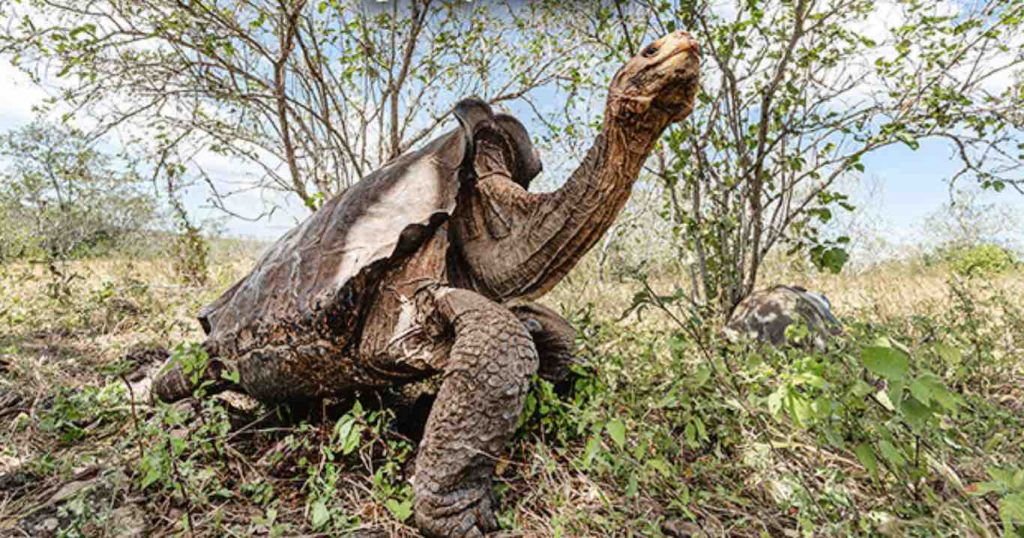
RELATED: 100-Year-Old Tortoise May Be the Last of Her Species—But Now She Has New Hope
“This captive breeding program, in addition to the management actions implemented on Española island, give us peace of mind that we managed to save a species that would otherwise have become extinct. It can only be described as successful and an example of the conservation efforts that we implement as a National Government in synergy with our allies,” said Paulo Proaño, Ecuador’s Minister of Environment and Water.
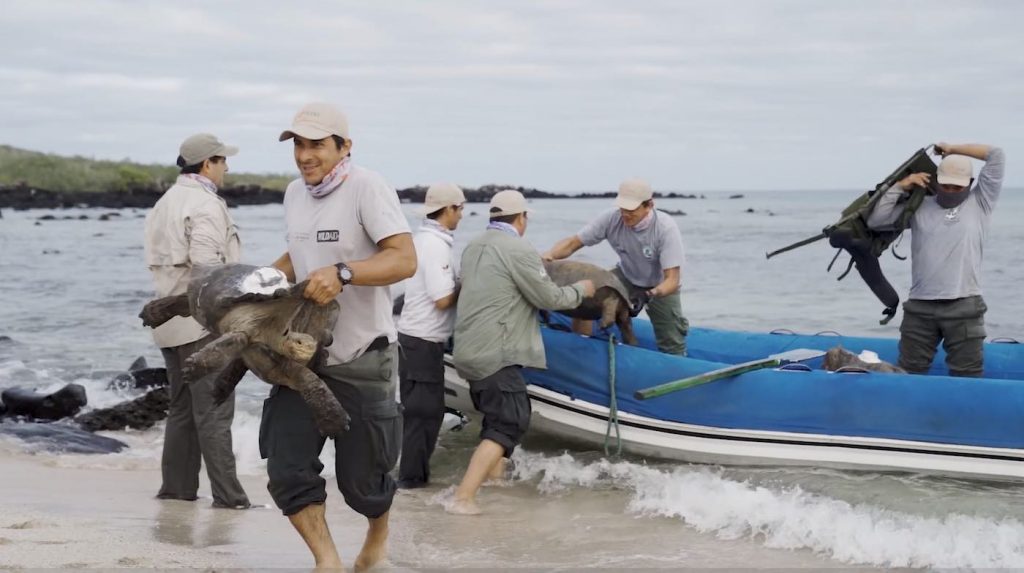
The tortoises’ release was originally planned for March, but was delayed due to quarantine measures for COVID-19. Eventually though, on June 15th boats loaded with tortoises floated out to Española, and biologists hiked inland to a particular spot rich in cacti—the tortoises favorite food—carrying the 77-pound animals on their backs.
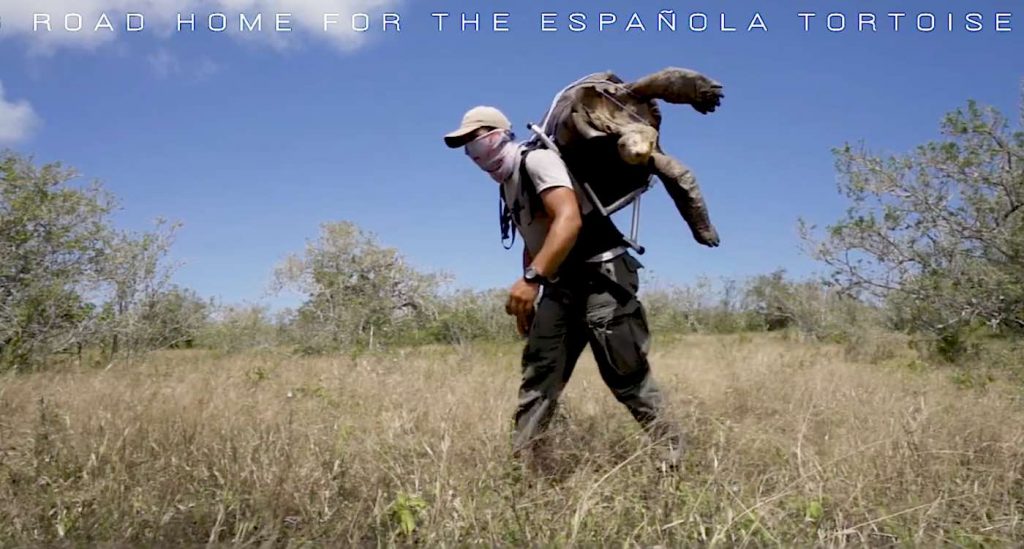
“For the 3 males whose weight exceeded 120 lbs, two people were needed in relays,” said Danny Rueda, Director of the Galapagos National Park. “After the release, the staff remained for approximately four more hours, making observations of the behavior of the tortoises as they settled back into their home.”
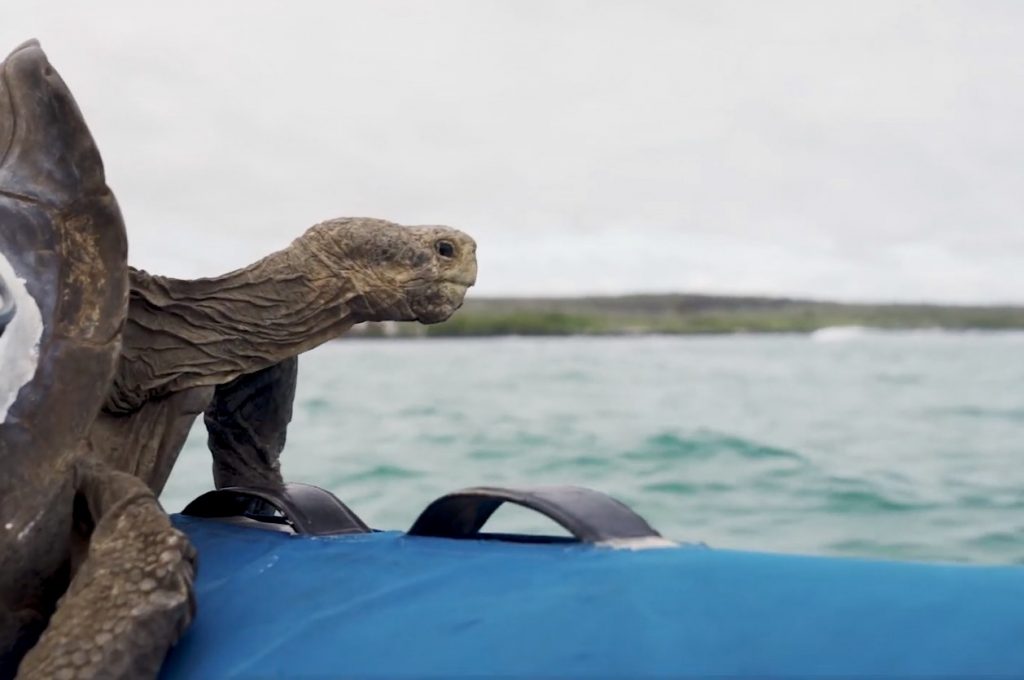
POPULAR: Tortoise Gets Second Chance After Healing With Acupuncture
The dramatic decline of the tortoise population was due primarily to over-exploitation by mariners in the 1800’s who gathered hundreds for food on their long voyages. They also introduced invasive species, particularly goats, which were finally eradicated from the island in 1978.
In the program’s infancy, the Galapagos Conservancy conducted a worldwide search to determine if there were more individuals, especially males, that could contribute to the genetic variability of this unique species. The search paid off, and one adult male (Diego) was found at the San Diego Zoo, having been collected on the island by a research team in the mid-1930s.
LOOK: This Tortoise Accidentally Saved a Bunny’s Life – and Now They’re Best Buds
Diego is now 100 years old, and because tortoises can live to be 150, he may be enjoying a retirement for decades, watching his great, great, great grand nephews and nieces grow up.
WATCH the beautiful video showing their homecoming…
SHOW Your Support for Galapagos By Sharing This With Friends on Social Media…




















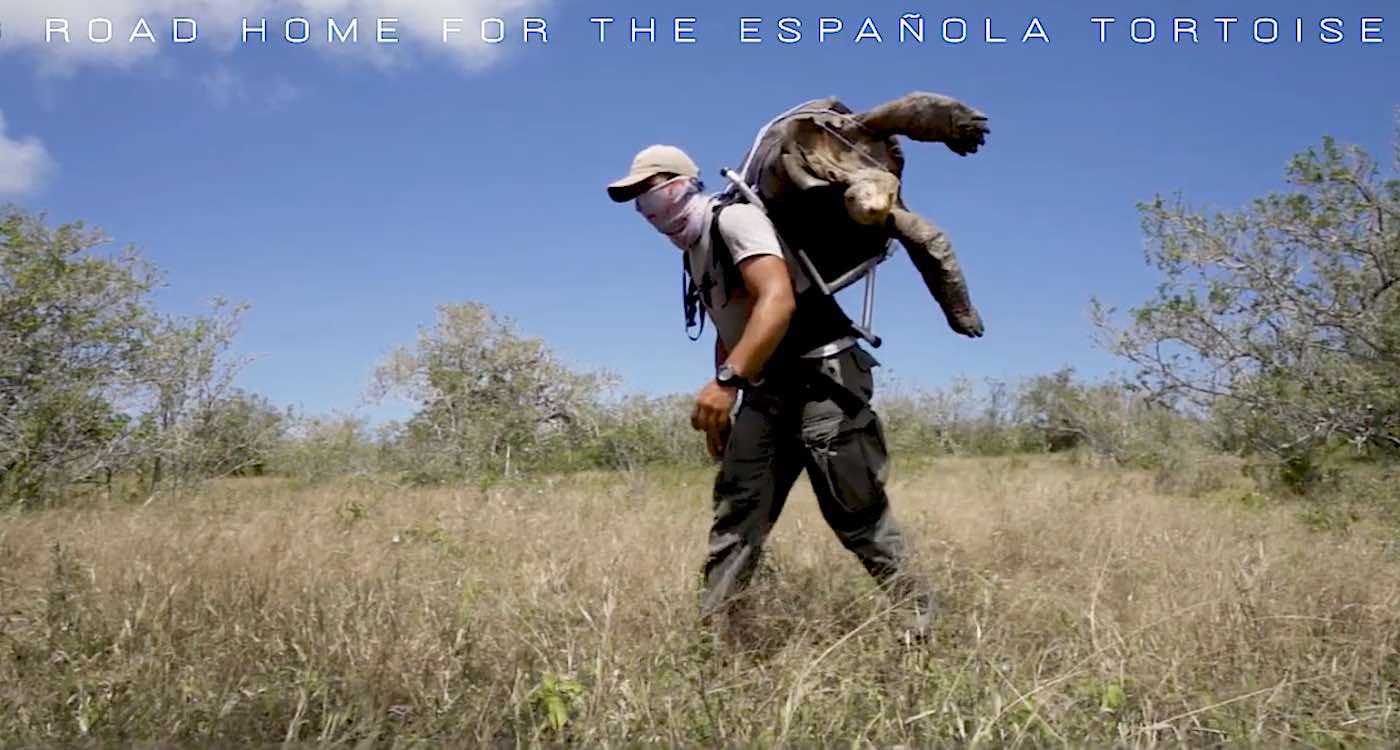
Yay! Diego!
I’m 65 and I remember riding on a tortoise in the San Diego Zoo when I was a child. We went to the zoo at least once a year as I grew up so I am sure I saw Diego there with the others. They stopped the tortoise rides when in the 60s. The tortoises basically didn’t care and for the kids it was like sitting on a lumpy hard hassock that slowly moved.
But it did do one thing. The many people who came to the zoo got to see the tortoises, learn about them and appreciate them. You can’t save what you don’t know. You care about them when you learn about them.
Thank you to these WONDERFUL humans for saving these beautiful creatures; you did good Diego❣
So amazing. Thank you to all those involved. Your dedication and hard work does not go unnoticed. And bless those glorious creatures!!